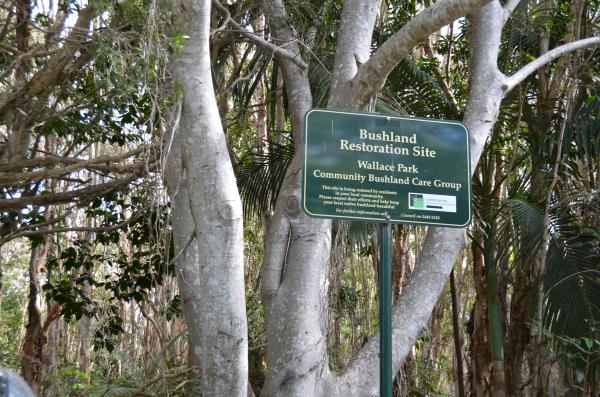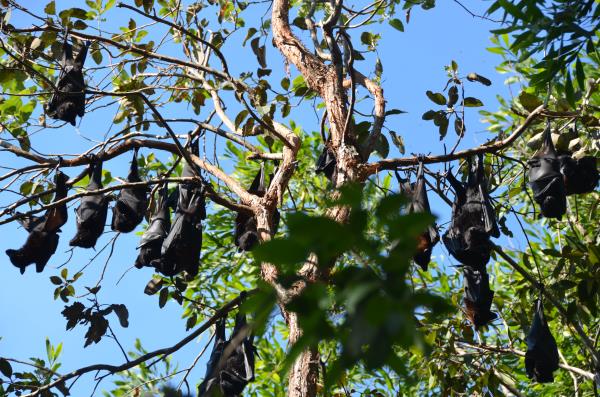A COLONY of flying foxes is driving some residents batty by enjoying an extended holiday in Wallace Park, Tewantin.
In recent letters to the editor, two residents of Tewantin have expressed their frustration about the colony hanging around, with one resident describing the stench as “appalling”.
Kay Fielding of Tewantin says the bat colony has overstayed its welcome and is calling on council to take action.
“In the early hours of the morning, residents close to Wallace Park are wakened by the noise of thousands of bats returning to the roost they occupy in the day,” she said.
“The noise is deafening … and the stench is appalling. Not to mention the faecal pollution dropped everywhere.”
Noosa Council said there had been fewer complaints to council about the Wallace Park colony this year, compared to last year.
Noosa Council environment officer Peter Milne said Little Red Flying Foxes made up the vast bulk of the Wallace Park colony and while they were nomadic, they would have usually departed by now.
“It may have something to do with the unusually long summer conditions we’ve been experiencing,” he said.
“Normally they would have dispersed by now, heading north to find a different food source. When the Little Reds do depart, the size of the colony at Wallace Park will reduce dramatically. Obviously the impact on local residents should reduce also.”
While a few residents have called for council to forcibly move the animals, Cr Tony Wellington said it was not as straightforward as it sounded.
“Research has shown the majority of relocation attempts fail,“ he said.
“The animals either return to the original site or they set up new problematic camps nearby.
“The worst-case scenario is probably at McLean in NSW, where 27 dispersal attempts at a total cost of $400,000 resulted in seven new camps being created and the number of impacted residents increasing.
“Clearly we can’t dictate or anticipate where these animals will go as a result of a dispersal attempt. The last thing we would want is to create even more problems for our residents.”
Cr Wellington said council couldn’t simply “leap to action” and move the flying fox colony.
“There are strict conditions that have to be met under permits issued by state authorities,” he said.
“Having lived near a flying fox colony myself, I do have sympathy for affected residents.
“Flying foxes are protected animals, but they can also be smelly, noisy and they leave their droppings as they fly back to camp.
“If there were a simple solution, Noosa Council would be acting on it. Last year we removed foliage to increase buffer zones near houses, and we also distributed an information sheet to nearby residents.
“Hopefully, like the colony that existed for a few years beside Lake Weyba Drive, this one at Wallace Park will prove to be temporary.“
According to council, there are no health implications for residents living near such colonies. It is only direct contact with native bats, such as being bitten or scratched, that can lead to potential problems.
Queensland Health advises that although the risk of infection is low, people should avoid handling these animals and if you find an injured bat or flying fox, do not attempt to help the animal yourself or touch it in any way.
There are wildlife carers that can be summoned if a sick or injured bat ends up on a private property. Further information can be found on the Queensland Health website www.health.qld.gov.au
Get the latest news to your email inbox FREE!
REGISTER







